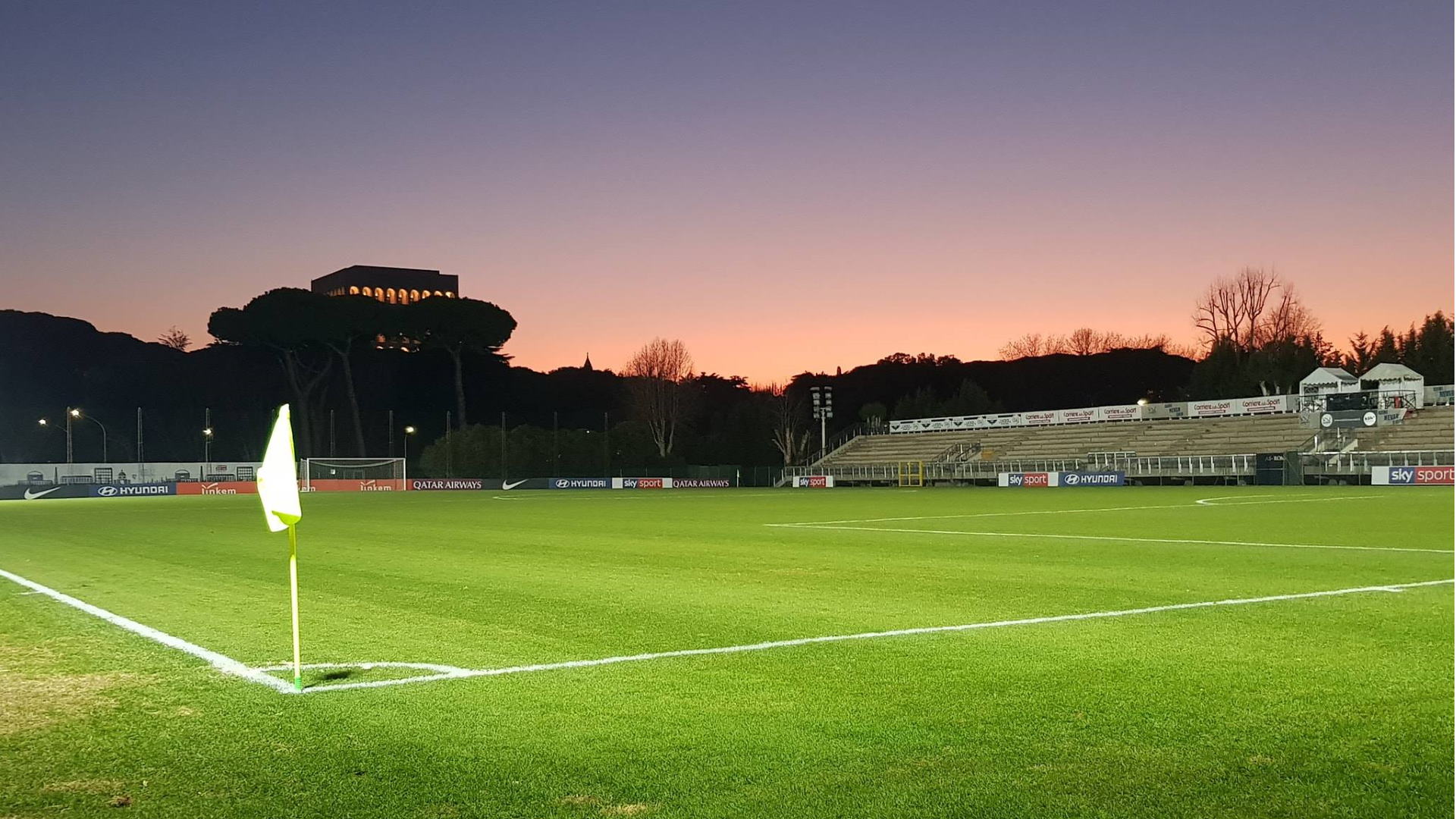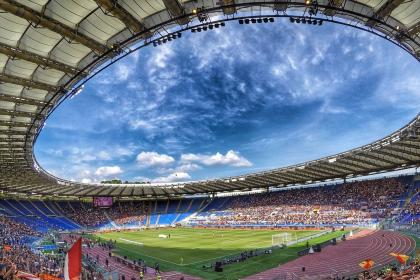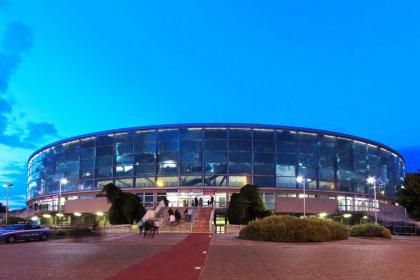
Located in the EUR district, the stadium owes its name to the ancient abbey of the Tre Fontane, which stands not far from here, and to the street on which its main entrance overlooks.
It occupies the western end of the sports complex of the same name, one of the positive legacies of the 1960 Olympics: designed by Maurizio Clerici, one of the architects of the team who worked on the Olympic facilities and infrastructures, it was inaugurated in 1959 to also equip the the southern area of the city with adequate sports facilities and lighten the northern one, where there were already the Foro Italico, the Olympic Stadium and the Acqua Acetosa complex.
From the 1960s until the early 1980s, before the Trigoria center was built, the complex was used by the Roma football club as a training ground and playground for their youth teams. Right here Niels Liedolm prepared the team for the 1983 championship and a very young Francesco Totti scored his first official goal with the Smit Trastevere team. From the 1980s to 2011, it hosted the home matches of Rugby Roma, a professional rugby union team, which over the years have won 5 Italian championships.
Renovated since 2015, it is now an important center for Roman sport. In addition to the Olympic Stadium, it is the only outdoor arena with a seating capacity of over 3,000 and meets UEFA standards for the YOUTH LEAGUE. It currently has a multipurpose football-rugby field and two rugby fields with natural grass. Since 2016 it has been approved for Serie A Rugby matches; since 2018 the main pitch has also been home to the internal football matches of the Roma women’s section.
Photo Profilo Facebook @StadioDelleTreFontane
Le sport pour les amateurs et les passionnés

Come e dove vivere in diretta le emozioni degli eventi sportivi
Le Stadio Olimpico

 Condividi
Condividi
Palazzo dello Sport

 Condividi
Condividi
Informations
 Condividi
Condividi
Location
Pour connaître tous les services d'accessibilité, visitez la section Rome accessible.











































